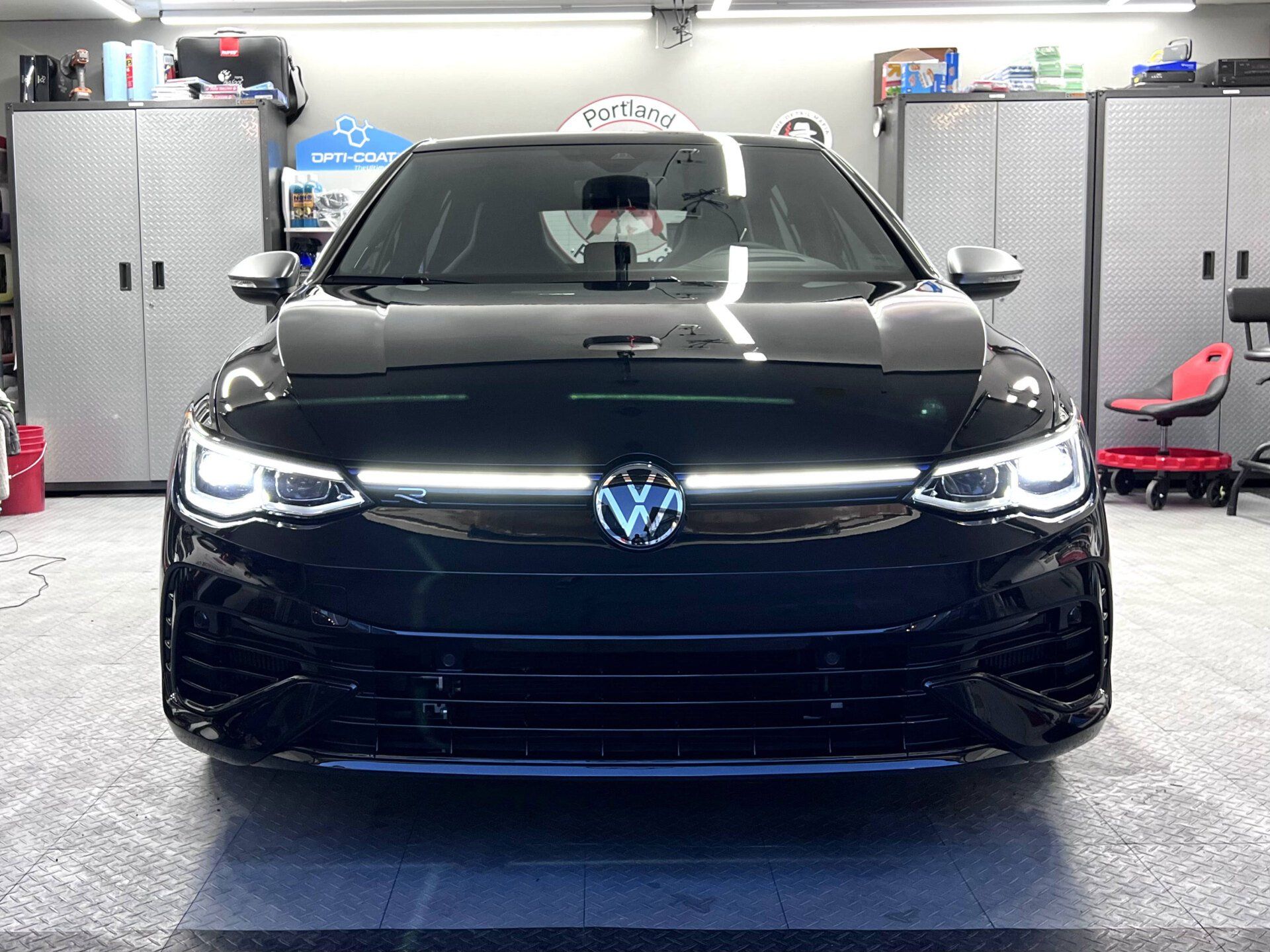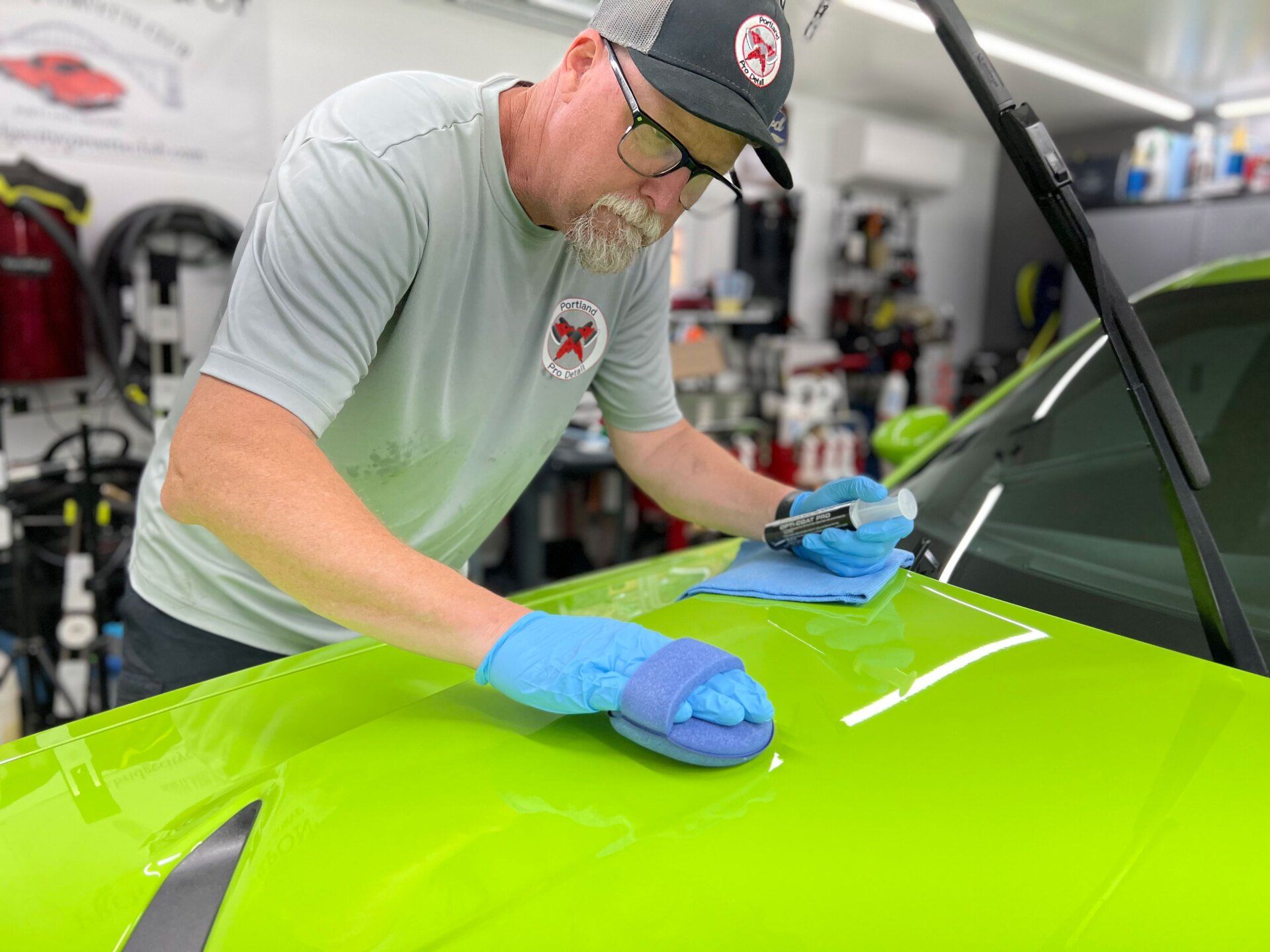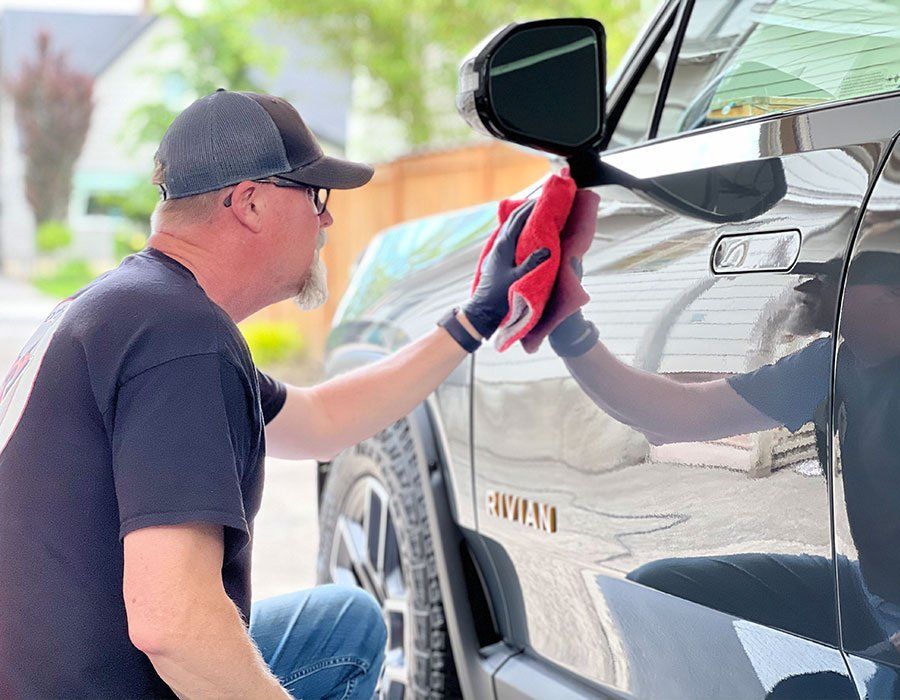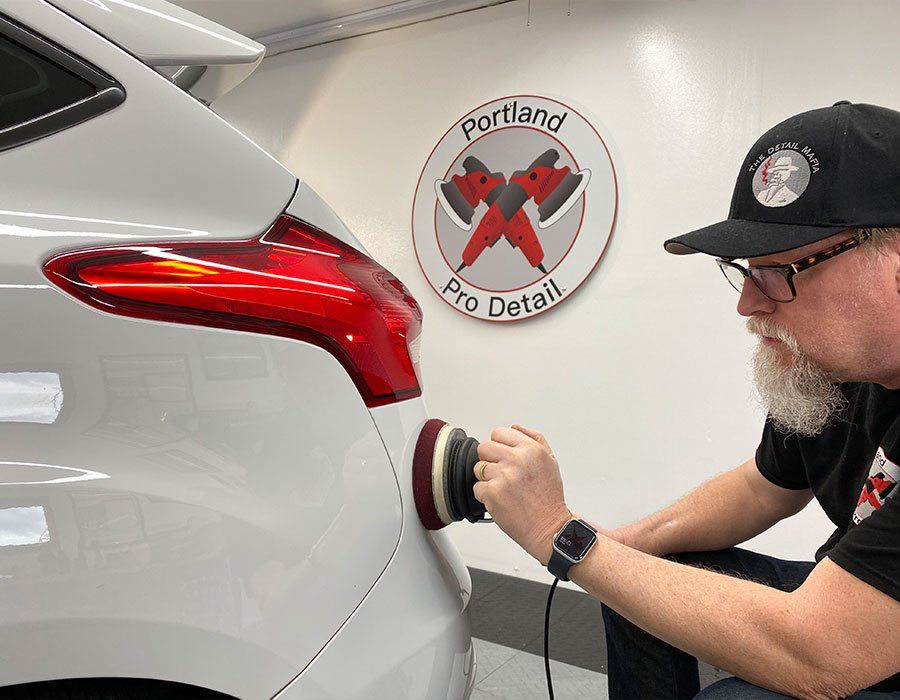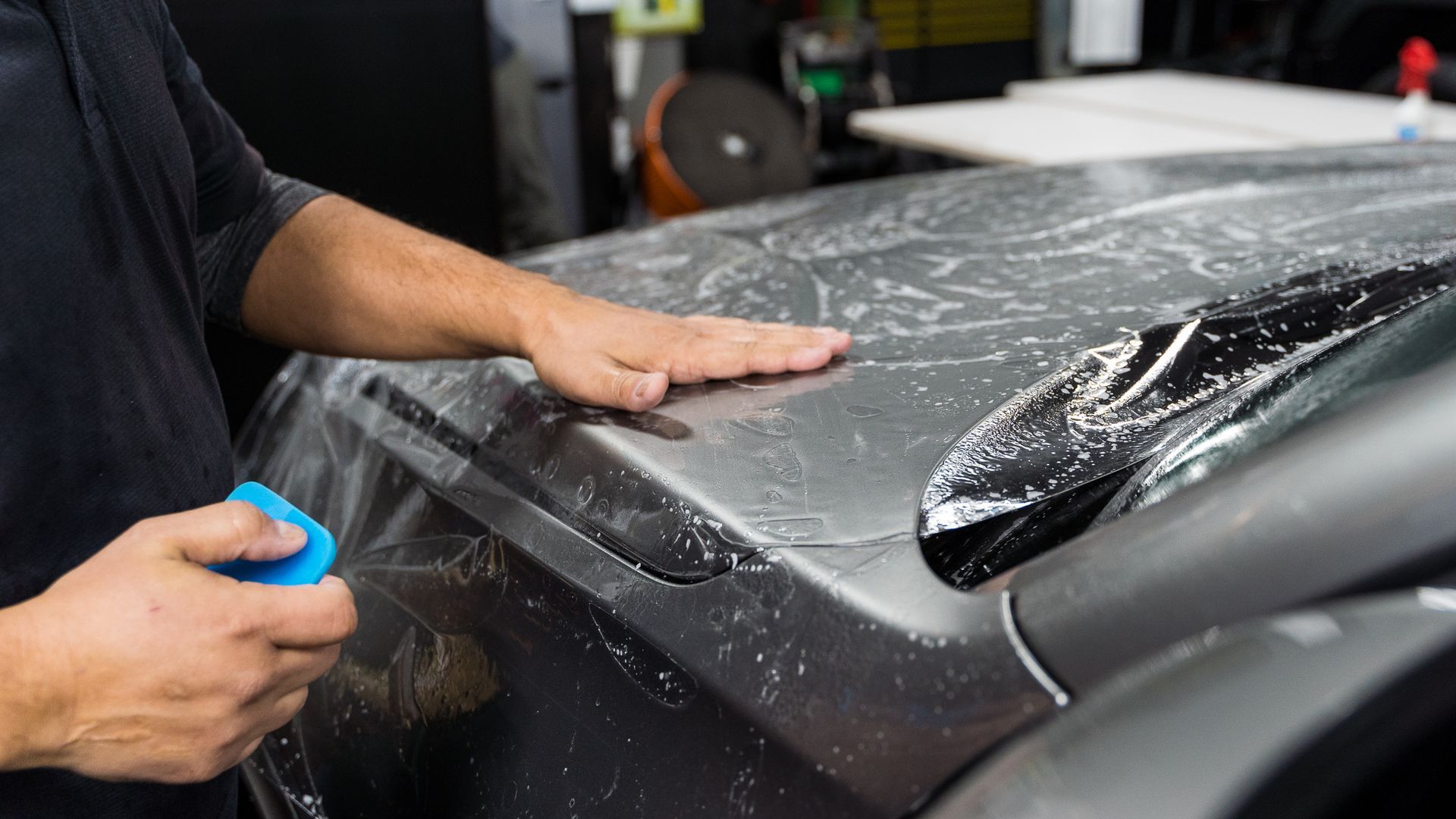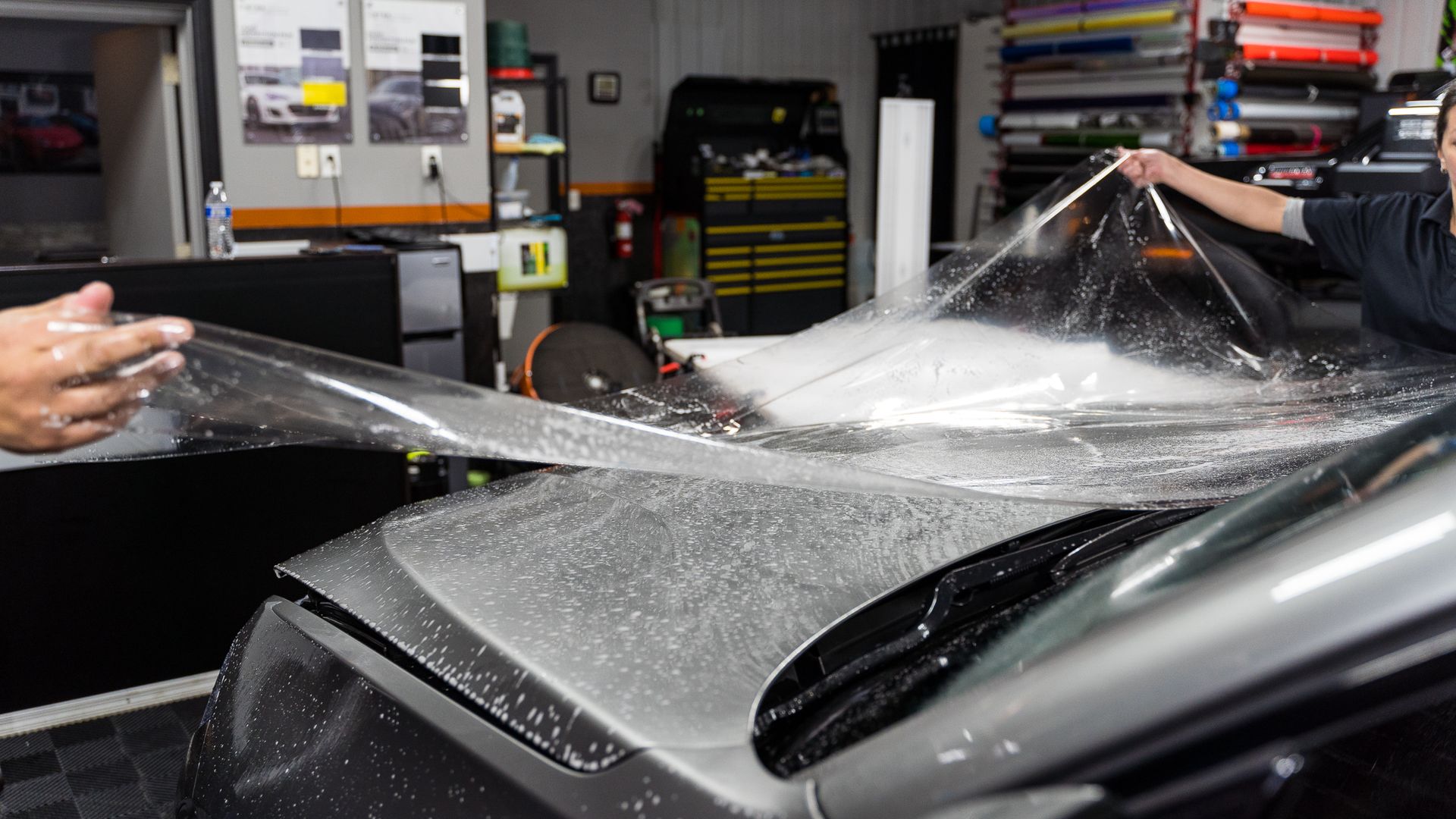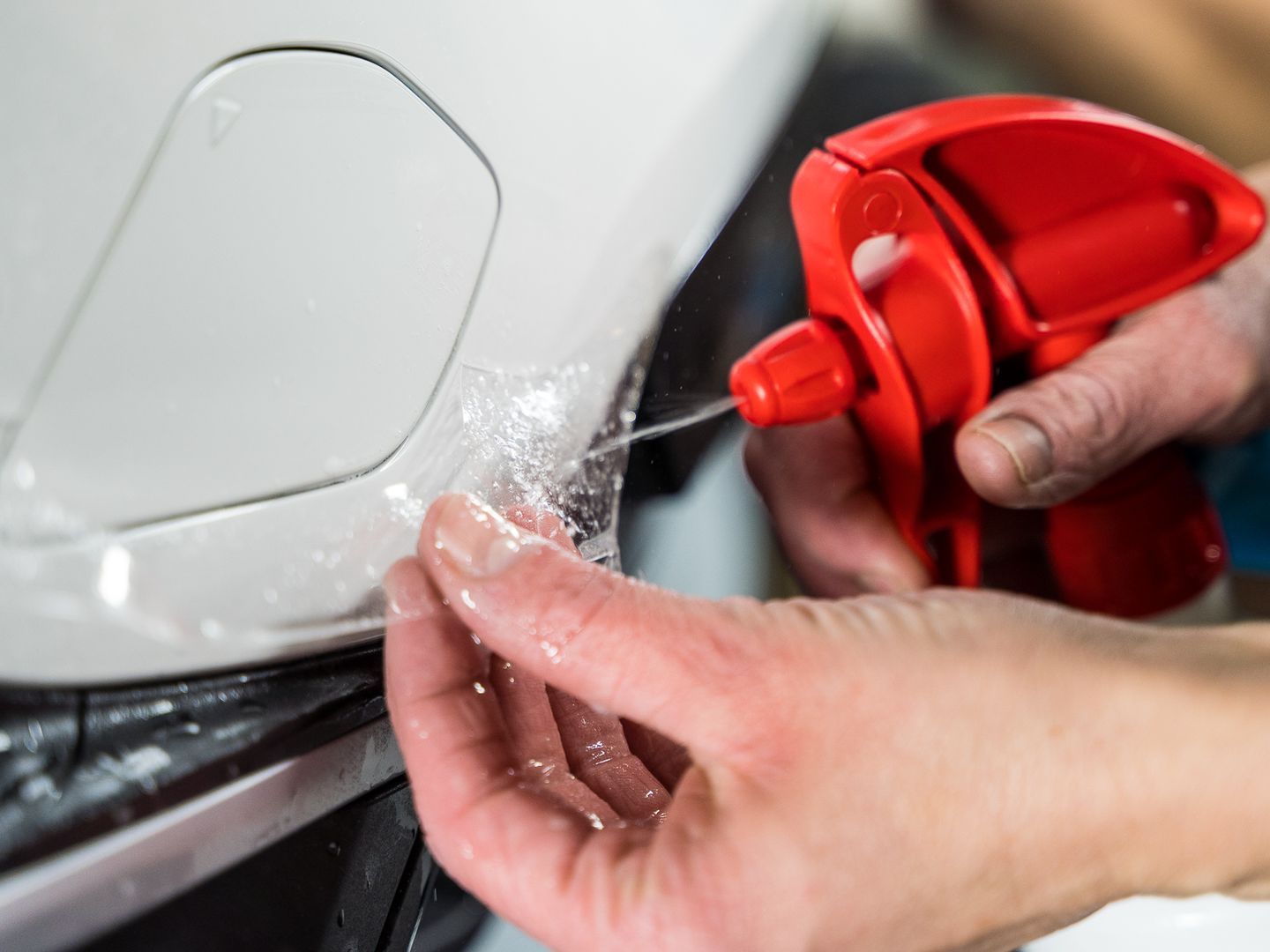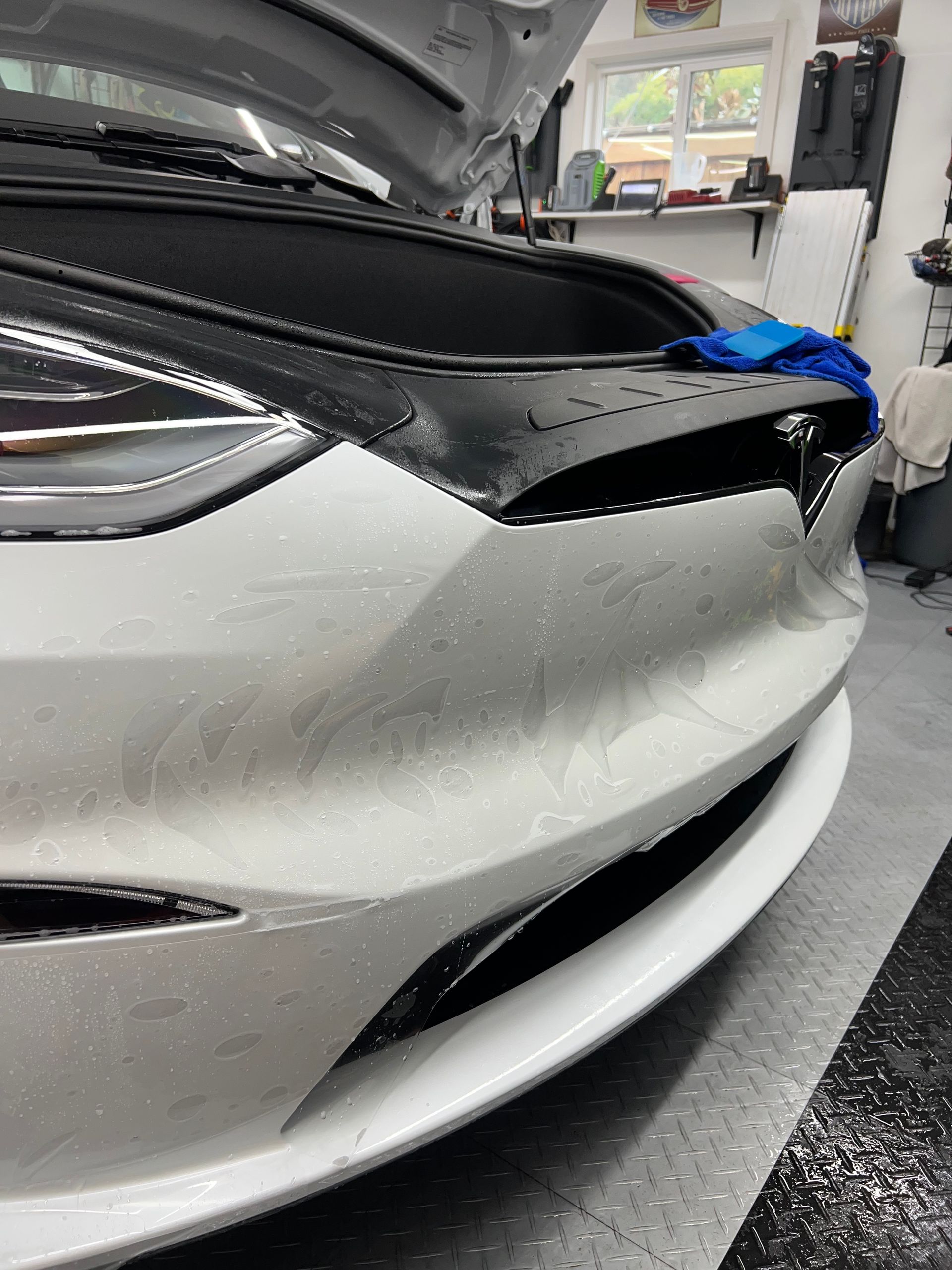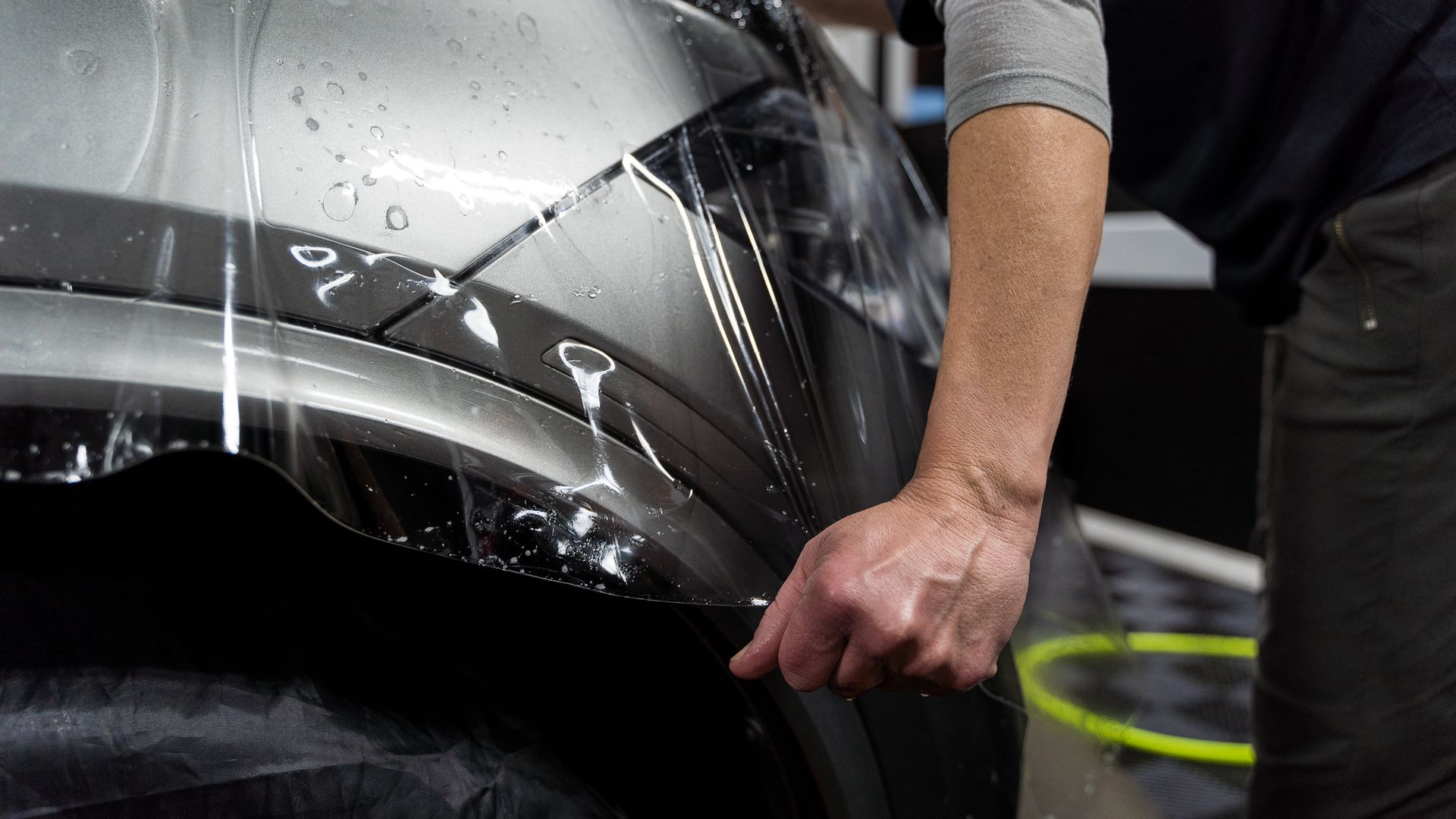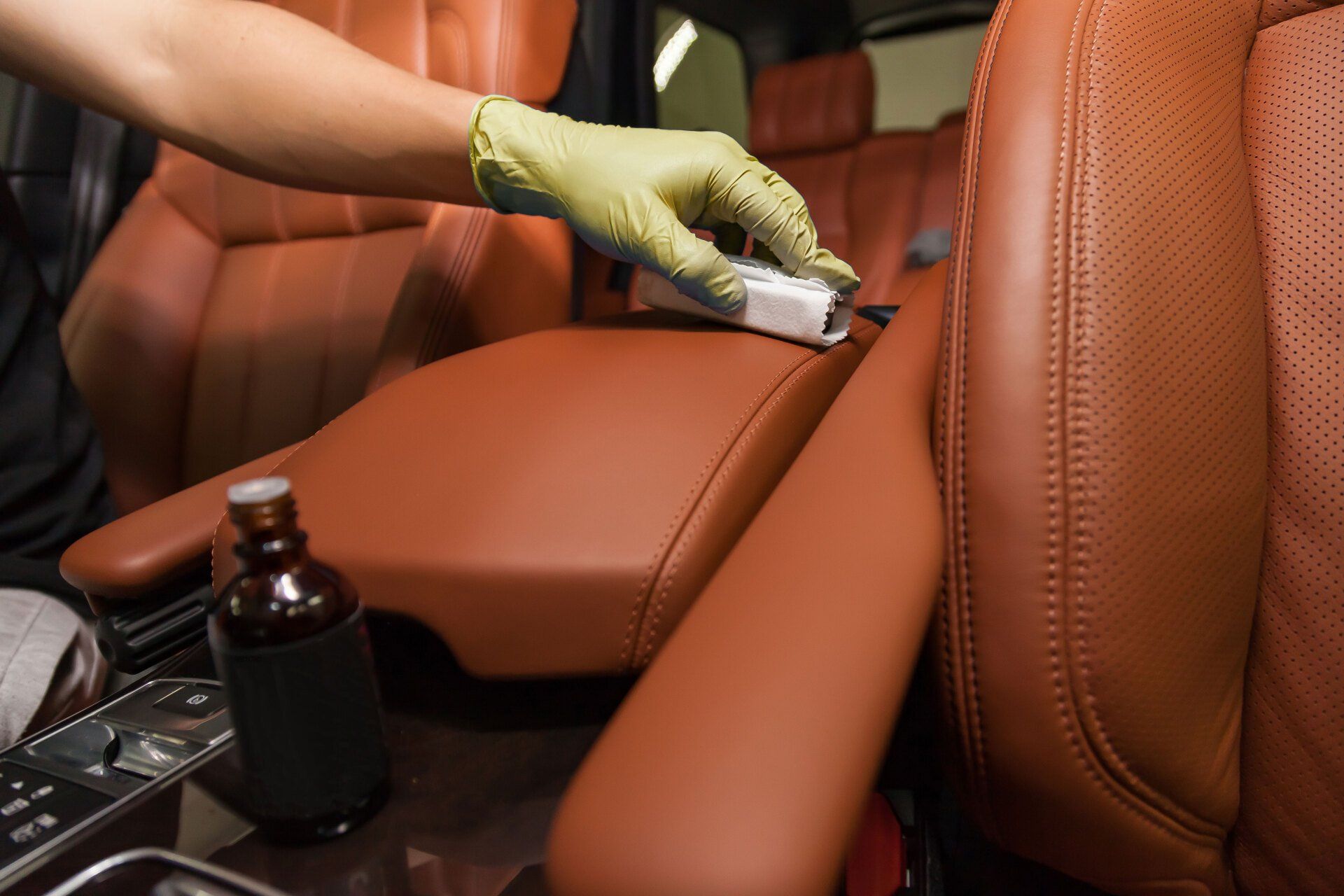Paint Protection Film Lifespan: How Long Does It Really Last?
CALL (503) 444-7415
The lifespan of paint protection film is a question many car enthusiasts ponder before committing to this shield for their prized possessions. High-quality paint protection films can last between 5 and 10 years, but several factors influence their durability. Reputable brands offer warranties extending up to a decade, giving you peace of mind about your investment. Additionally, proper care and installation significantly impact how well paint protection film performs over time.
Paint protection film can last anywhere from 5 to 10 years or even longer, depending on the quality of the film, proper installation, environmental conditions, and maintenance. For example, high-quality paint protection films applied by a skilled professional and maintained with gentle products can potentially extend their lifespan towards the upper end of that range.
Lifespan of Paint Protection Film
When it comes to your vehicle's paint protection, longevity is paramount. The average lifespan of
high-quality paint protection film typically ranges from 5 to 10 years, contingent on factors such as film quality, thickness, environmental conditions, and driving habits. However, this timeframe varies with each case. High-quality PPF is engineered to withstand the challenges of the road, from UV rays and harsh weather to debris impact, ensuring long-lasting protection for your vehicle's paintwork. Thicker films generally offer a longer lifespan due to the additional layer of defense they provide against potential damage. It's essential to recognize that not all paint protection films are equal. Each brand may have different formulations and manufacturing processes, contributing to variations in performance and durability. Therefore, understanding the product specifications and manufacturer reputation becomes crucial when considering paint protection film installation. The lifespan of paint protection film isn't solely determined by numbers; it's influenced by a multitude of factors like brand quality, user maintenance, and real-world performance.
Factors Affecting the Durability
The longevity of paint protection film is influenced by several key factors, each playing a crucial role in determining how long the film will effectively protect your vehicle's paintwork. Let's take a closer look at these influencing elements and how they impact the durability of PPF.
- Quality of the Film: The quality of the film itself is a significant determinant of its lifespan. Higher-end films crafted from premium polyurethanes are known to last longer and provide superior protection. Reputable brands have established solid reputations for their durable offerings, emphasizing the importance of investing in top-tier paint protection film for extended longevity. These high-quality films are designed to withstand prolonged exposure to environmental elements, including UV rays, road debris, and contaminants, without deteriorating or losing their protective qualities. The advanced composition of these films enhances their resistance to abrasions and tears, contributing to an extended lifespan that outperforms lower-quality alternatives.
- Professional Installation: The manner in which the paint protection film is installed plays a critical role in its overall durability. Proper installation by a skilled professional ensures that the film adheres correctly to the vehicle's surface, significantly reducing the likelihood of issues such as peeling or bubbling—common concerns associated with DIY applications. A professional installer possesses the expertise and precision necessary to apply the film seamlessly, securing optimal coverage for effective protection against potential damage. Professional installers are keenly aware of the intricacies involved in positioning and aligning the film to ensure full coverage while minimizing any visible seams or edges. This level of proficiency not only delivers a higher standard of protection but also contributes to greater longevity by preventing premature wear or damage due to incorrect application.
- Driving Habits: The driving environment and habits significantly impact the wear and tear experienced by paint protection film. Frequent highway driving exposes the film to an increased amount of debris and environmental contaminants, leading to accelerated deterioration over time. As a result, vehicles subjected to extensive highway travel may require more frequent PPF maintenance and possibly earlier replacement to uphold optimal protection. Conversely, cars primarily driven in urban areas with less exposure to highway travel tend to encounter fewer abrasive conditions, resulting in reduced wear on the film. Understanding how driving habits influence paint protection film longevity allows car owners to assess their specific usage patterns and adjust maintenance schedules accordingly, ensuring proactive care aligned with their driving routines.
- Regular Maintenance: Consistent maintenance practices significantly contribute to extending the life of paint protection film. Implementing regular care routines, such as gentle washing with pH-neutral soaps and avoiding automatic car washes equipped with abrasive brushes, helps preserve the integrity and protective properties of the film.
By prioritizing routine maintenance, car owners can proactively safeguard their PPF against premature degradation caused by accumulated dust, dirt, and pollutants while concurrently optimizing its longevity for sustained protective performance. Understanding how these influential factors interplay provides invaluable insight into maintaining the durability and effectiveness of paint protection film throughout its lifespan.
Installation and Maintenance Tips
The lifespan of paint protection film is not only dependent on the film's quality but also on its installation and subsequent maintenance. A clean and controlled environment during installation is crucial to prevent debris and contaminants from compromising the film's protective capabilities. Additionally, the use of a slip solution during installation helps avoid wrinkles or creases, ensuring seamless application and maximizing protective capabilities.
Once installed, regular maintenance becomes essential for ensuring longevity and effectiveness. This involves washing your vehicle regularly with gentle, non-abrasive cleaning products to prevent deterioration. Avoid using high-pressure washers directly on the film's edges, as this can lead to peeling over time. Scheduling annual inspections with a professional installer is highly recommended to catch early signs of wear and tear, such as lifting at the edges or small scratches. Early detection allows for preventative measures to extend the paint protection film's lifespan and avoid costly re-installations.
For instance, a professional installer can identify areas where the film may be peeling or lifting and take corrective actions to prevent further damage. This proactive approach significantly extends the PPF's lifespan and helps avoid expensive re-installations down the line. By ensuring proper installation in a clean environment, adopting gentle maintenance practices, and scheduling regular inspections, you can substantially prolong the lifespan of your paint protection film and keep your vehicle looking pristine for years to come.
Impact of Environmental Conditions
Environmental conditions significantly influence the lifespan of paint protection film. Understanding how different environmental factors can affect the durability of the film is crucial for making informed decisions about installation and maintenance. Let's explore three key elements that can impact PPF:
- UV Radiation: Exposure to sunlight and UV rays heavily influences the integrity of paint protection film. The more exposure to UV radiation, the faster the film can degrade. This degradation may result in discoloration, peeling, or a decrease in overall durability. Opting for films with built-in UV protectants can help mitigate this impact by providing an extra layer of defense against UV rays. UV protectants act as a shield, absorbing and reflecting harmful UV radiation before it reaches the film. Essentially, they function as a sunscreen for your car, helping to preserve the clarity and color of the PPF over time. When choosing a paint protection film, look for products that specifically mention UV protection in their specifications. In sunny climates with intense UV exposure, a high-quality PPF with effective UV protectants becomes a critical investment to maintain long-term clarity and protection.
- Weather Extremes: Extreme temperatures, whether hot or cold, can place significant stress on paint protection films due to thermal expansion and contraction. These fluctuations in temperature can cause the film to expand and contract, potentially leading to premature deterioration or adhesive failure. To mitigate these effects, thicker paint protection films tend to handle extreme weather conditions better than thinner films. The additional thickness provides greater resilience against thermal stress, making it an ideal choice for regions prone to temperature extremes. In areas where temperature variations are common, opt for high-quality, thicker PPF products that are designed to withstand thermal cycling without compromising their protective properties.
- Air Quality: The air quality in a particular location also plays a vital role in determining the longevity of paint protection film. Areas with high pollution levels or exposure to salty air (such as near coastlines) can lead to accelerated deterioration of the film. Pollutants and salt particles in the air can settle on the PPF, causing chemical reactions that may compromise its protective properties. Regular cleaning is essential in environments with high pollution levels or salty air. This removes contaminants that could potentially damage the film if left unaddressed for extended periods. By incorporating consistent cleaning practices into your maintenance routine, you can help preserve the integrity of the paint protection film and extend its lifespan.
Considering these environmental factors allows you to make informed decisions when selecting and caring for your paint protection film, ensuring optimal performance and longevity.
Evaluating Cost and Warranty
The cost of paint protection film installation can vary significantly based on the chosen brand, vehicle size, and the expertise of the installer. Understanding these factors is crucial to making an informed decision.
When contemplating the initial investment in PPF, it's important to note that the cost typically ranges from $500 to over $5000, depending on the coverage area and film quality. Full coverage, including protection for key areas like the hood, fenders, mirrors, and bumpers, tends to be pricier due to the comprehensive nature of the protection it provides. For instance, opting for comprehensive coverage now might lead to significant savings on repainting costs in the future. Additionally, a well-maintained paint protection film can enhance your vehicle's resale value, making it an investment with potential returns down the road.
Warranty analysis is crucial when making such a significant investment in your vehicle's protection. Reputable manufacturers often provide warranties covering issues such as yellowing, peeling, and cracking. These warranties act as a safety net for potential repairs or replacements down the line, offering peace of mind and potential savings. Think of a warranty as being akin to having a reliable umbrella during unpredictable weather. It's there to ensure you're protected if anything unexpected happens.
It's important to carefully review the warranties offered by different PPF manufacturers. Take the time to understand what each warranty covers and its duration. A thorough consideration of these warranties can provide insights into how well they protect you against potential issues and help you make an informed decision about which paint protection film product is right for you. By weighing these factors thoughtfully, you can make an informed decision regarding paint protection film installation that aligns with your priorities and budget while ensuring your vehicle receives top-tier protective coverage.
Benefits of Using Paint Protection Film
When it comes to safeguarding your vehicle's paint, a paint protection film offers unmatched protection against a range of potential threats that regular wax or sealants cannot provide.
- Shield Against Physical Damage: Imagine your vehicle traversing the road, encountering small rocks, gravel, and road debris. While seemingly insignificant, these can cause significant damage to your car's paint over time. A paint protection film acts as a barrier against these physical impacts, preventing chipping and scratches that degrade the original paint. It's like outfitting your car with an invisible suit of armor, ensuring that even after long drives through gritty roads, your vehicle's exterior remains unscathed.
- Aesthetic Preservation: The appearance of your car directly impacts its market value. Vehicles with well-preserved exteriors command higher prices when it comes time to sell or trade them in. By applying a high-quality paint protection film, you're not just protecting your car from damage; you're also preserving its aesthetic appeal. This means that when it’s time to part ways with your beloved automobile, its stunning exterior will garner more attention and demand a higher price.
- Long-Term Cost Efficiency: Investing in paint protection film might seem like an upfront expense, but consider this: by shielding your car from paint damage caused by environmental elements and road hazards, you're potentially saving hundreds or even thousands of dollars in expensive repaint jobs down the line. The protection offered by a paint protection film can prove to be a cost-effective solution over the lifespan of your vehicle.
- Additional Benefits: Modern paint protection film offers exceptional features, such as self-healing properties. Imagine minor scratches and swirls vanishing with heat application from the sun or a gentle blow dryer. This remarkable feature ensures that your car maintains a pristine appearance without the need for frequent touch-ups or repairs.
By choosing paint protection film for your vehicle, you're not only enhancing its longevity and retaining its resale value but also ensuring that it maintains its impeccable appearance for years to come. The use of PPF is undoubtedly a smart investment to protect your vehicle and maintain its value over time. With its ability to shield against physical damage and preserve aesthetics, a paint protection film proves to be a valuable asset for any vehicle owner looking to prolong their car’s pristine condition.
Premium-Quality Paint Protection Film Service in Portland, OR
Safeguard your vehicle's finish with Portland Pro Detail's
premium-quality paint protection film service in Portland, OR. Our top-tier protection film shields your car from scratches, chips, and environmental damage, ensuring it maintains its pristine condition. Rely on our skilled technicians to provide a seamless and durable application that keeps your vehicle looking brand new. Schedule your service today and invest in the ultimate defense for your car's paint. Call us at
(503) 444-7415 to get started!
Portland Pro Detail Blog
